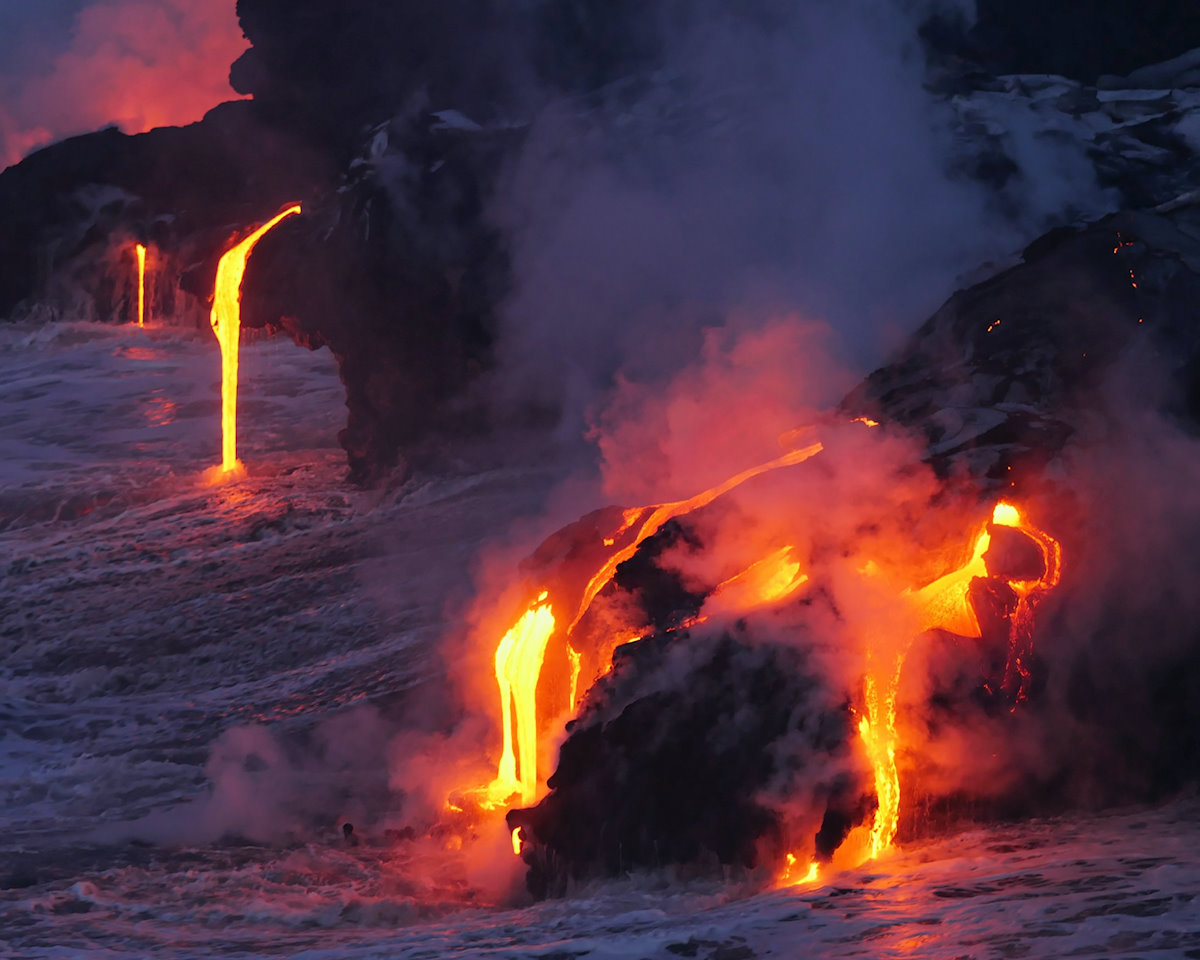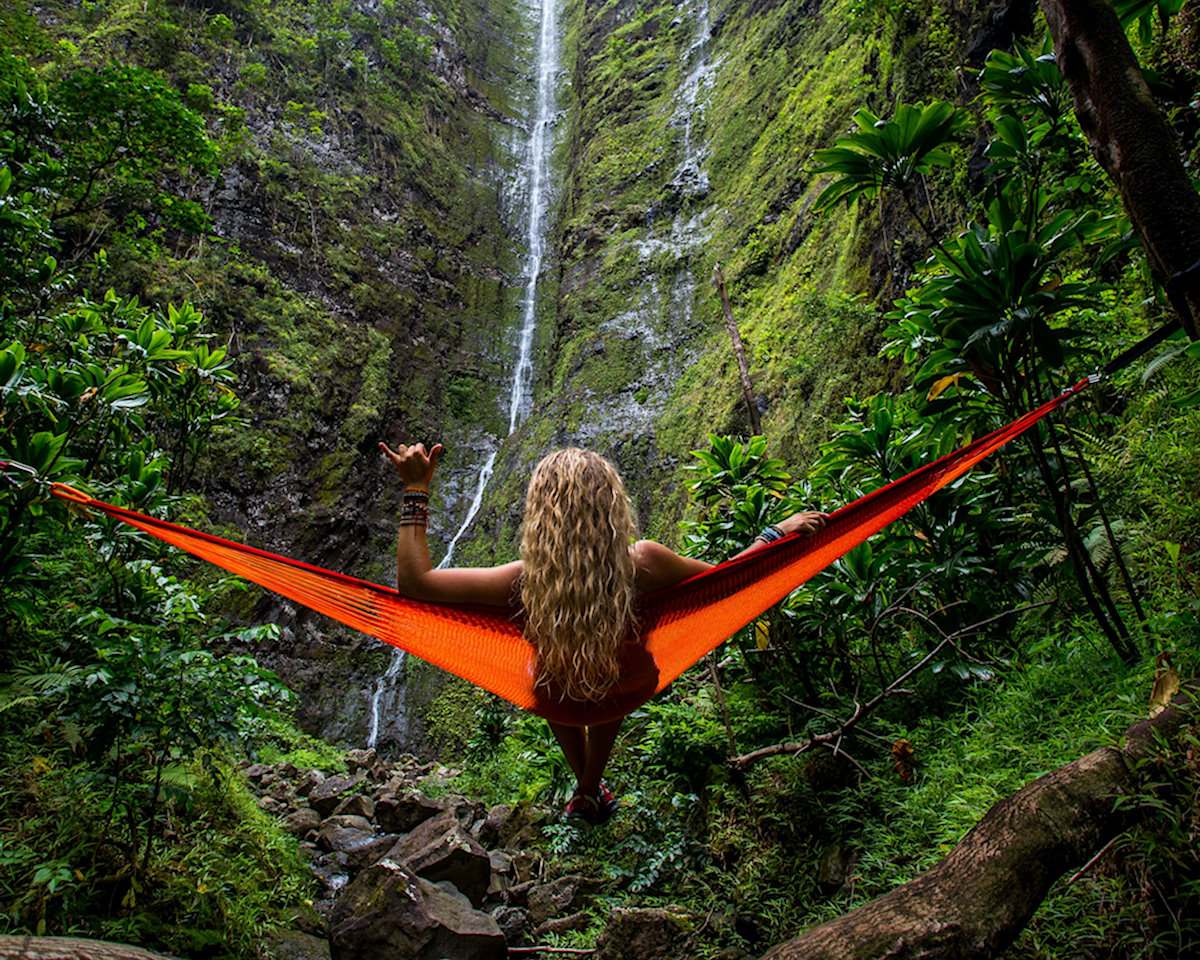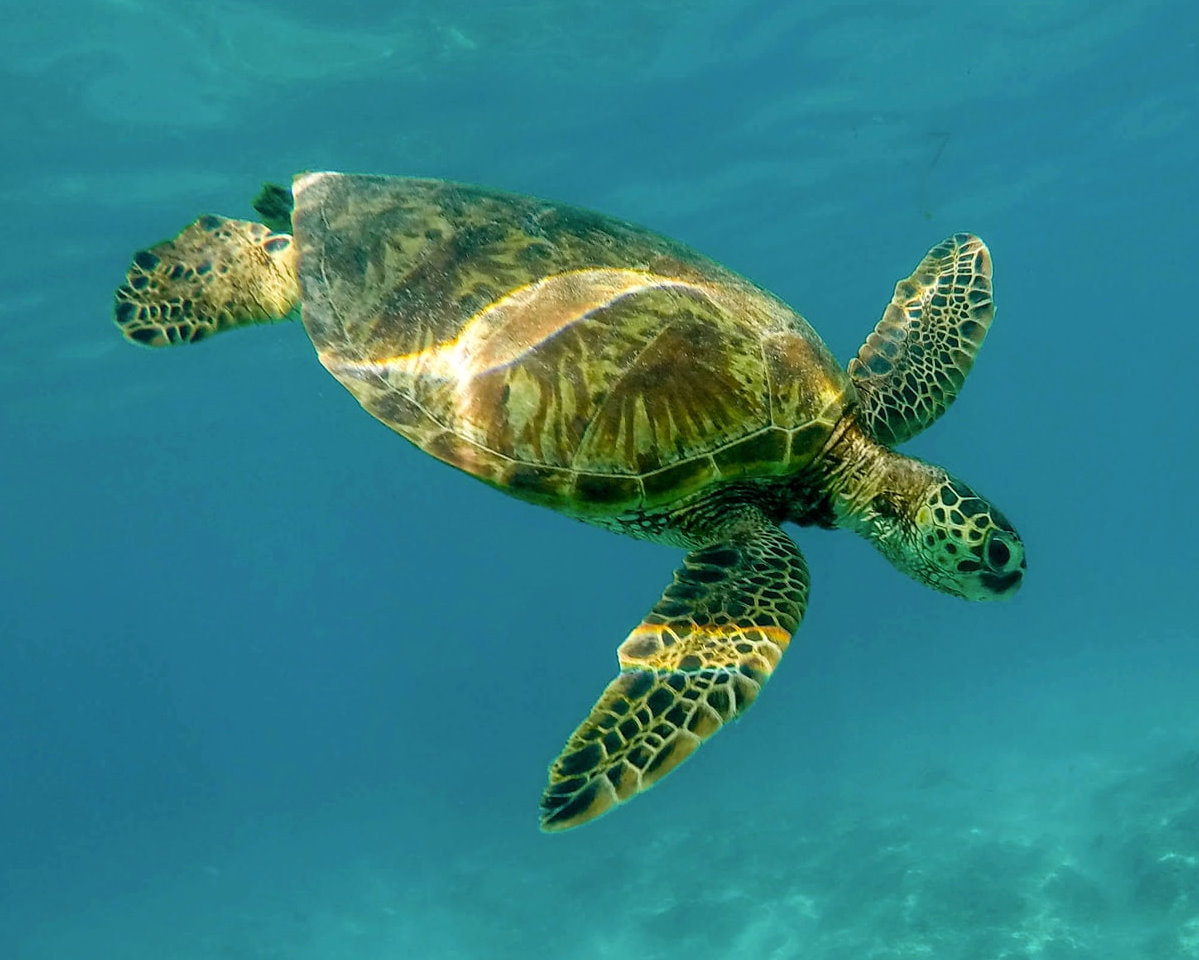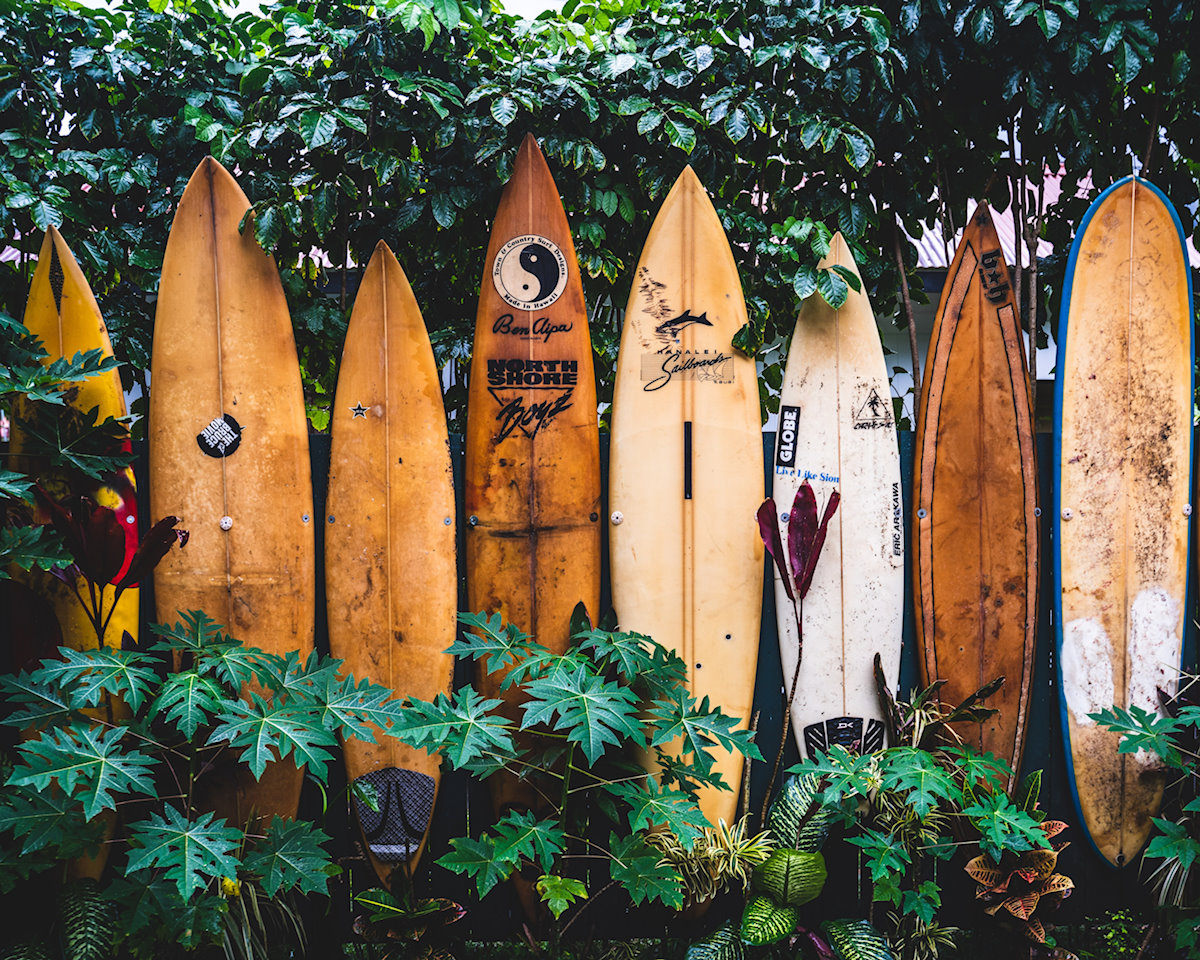Hawaii
Hawaii
Overview
Hawaii is the 50th state of the United States of America. Situated nearly at the center of the north Pacific Ocean, Hawaii marks the northeast corner of Polynesia. While it was once a major hub for the whaling, sugar and pineapple industries, it is now economically dependent on tourism and the U.S. military. The natural beauty of the islands continues to be one of Hawaii’s greatest assets. Honolulu is the state’s capital, largest city, and cultural hub.
Nineteen distinct volcanic islands make up the Hawaiian archipelago. However there are eight major islands, six of which are open to tourism.
Oahu (Oʻahu), nicknamed “the Gathering Place,” is the most famous and developed island. Its southern shore is home to the city of Honolulu, the state capital and largest city; four out of every five kama’aina (Hawaii residents) call it home. It is the governmental and commercial center of the state, and Waikiki Beach is arguably the best known tourist destination in Hawaii. Outside the city are pineapple fields, and the North Shore of Oahu, which is known each winter as the home of some of the largest waves in the world. The USS Arizona National Memorial at Pearl Harbor is also very popular visitor destination.
Maui, nicknamed “the Valley Isle” for the narrow plain between Haleakala and the West Maui mountains. It is the second biggest island in the chain and is home to 10,023 foot (3,055 m) tall volcanic mountain crater of Haleakala. On the west side of the island are the resort areas of Lahaina, Kaanapali and Kapalua, while the south side is home to Kihei, and Wailea. On the east side is the tiny village of Hana, reached by one of the most winding and beautiful roads in the world.
Hawaii (Hawaiʻi) – called the Big Island to avoid confusion – is the biggest of the islands and home to Mauna Kea, Mauna Loa (the largest and one of the most active volcanoes on Earth), Hawaii Volcanoes National Park, coffee and macadamia nut plantations, working ranches, and even green sand beaches which is very good for swimming. Kailua-Kona is the busiest part of the island on the drier, leeward side, and near the mega-resort Kohala Coast area with nearly zero annual precipitation. The saddle road (quite passable and a must see–despite what rental car companies say) passes between the massive volcanoes and connects Kohala with Hilo, the largest town on the windward side with annual precipitation of more than 180 inches per year. Unlike anywhere else on Earth and definitely worth a look.
Kauai (Kauaʻi), the “Garden Isle,” is home to several natural wonders, such as the Wailua River, Waimea Canyon, and the Na Pali Coast. Mount Waialeale is known as one of the rainiest spots in the world.
Molokai (Molokaʻi), the “Friendly Isle,” is one of the least developed islands in the chain. It is home to Kalaupapa, the leper colony on Molokai’s north shore that was the home of Father Damien.
Lanai (Lānaʻi) was at one time completely owned by Dole Foods and was the largest pineapple plantation in the world; it is now home to several exclusive resorts.
Niihau (Niʻihau) this is a private island. Native Hawaiian owns and live on this island. The Robinson Family is the sole owner of the island. The island is closed to all non natives Hawaiians and tourists. There are however tour companies that take you to Niihau island however you are limited by what you can see. There is a helicopter tour that flies around the island and even spend time on the beach. You can also go on a hunting safari and hunt for animals. These companies are owned by the Robinson Family and are the only way you can visit Niihau. Don’t expect to see any of the natives on your trip because access to many parts of the island is strictly controlled. The other way that you are permitted on the island is by invite either by the Robinson Family or a native resident. There is no electricity, cars, paved roads, police or plumbing on the island
Kahoolawe (Kahoʻolawe), is a uninhabited island used formally by the military as their base. Due to the the marine ecosystem as well as dangers of unexploded ordinance and harsh environment, terrain access is strictly prohibited and controlled at all times. This is enforced by State of Hawaii, Department of Land and Natural Resources, Division of Conservation and Resources Enforcement (DOCARE), as well as KIRC and the U.S. Coast Guard.




